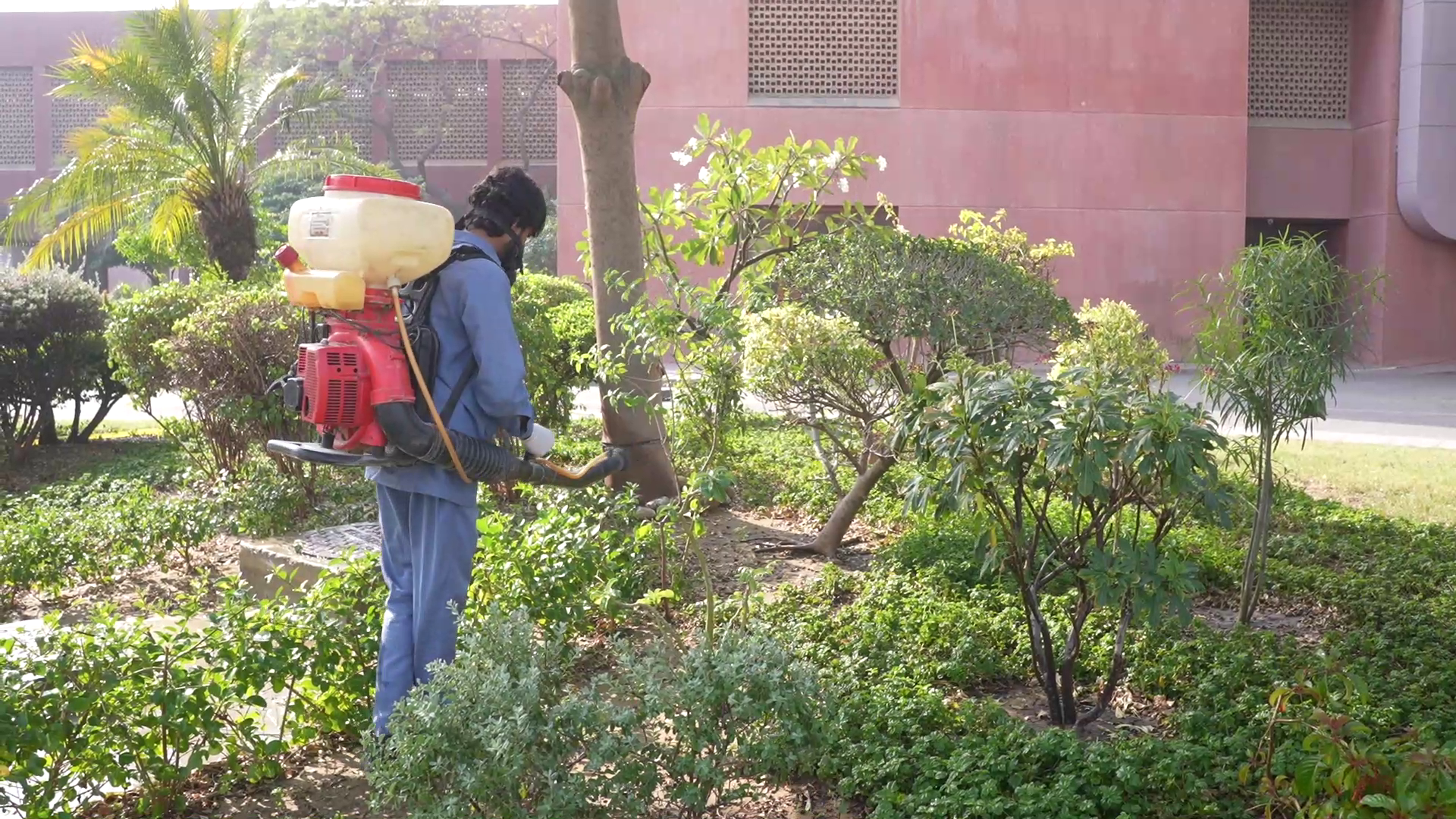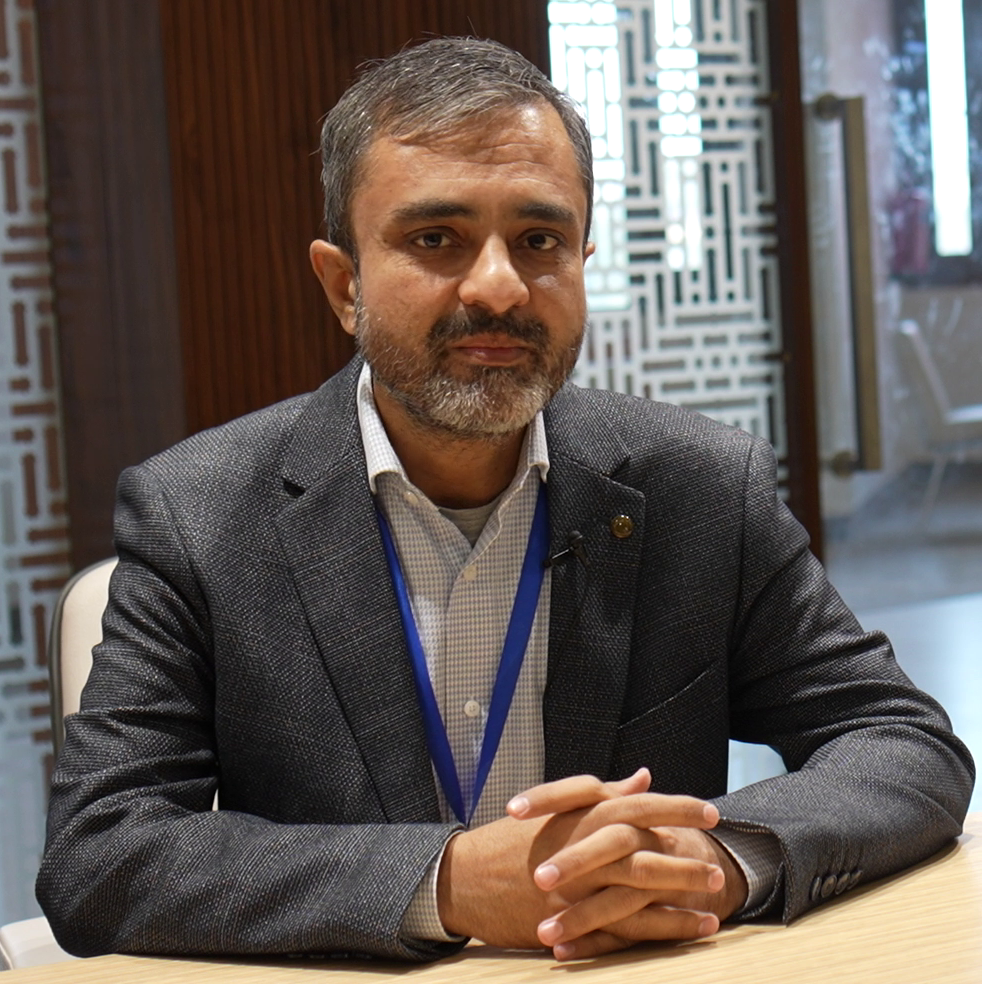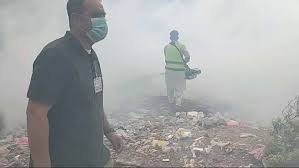
Fumigation
Fumigation should be done far away from people. It is undertaken in industrial settings such as shipping containers, go-downs and open grain storage.
Fumigation use
fumigants or gases which are harmful to humans.
Chemicals used
Aluminum phosphide and zinc phosphide are used in fumigation. When these chemicals mix with humidity or water, they form phosphine gas, which is highly toxic, odorless, absorbable and lethal for any living being.
Fogging
Odorless chemicals are used outdoors to tackle flying insects such as mosquitos. When you see the union council staff going around the neighbourhood fogging against dengue or malaria, it is done outdoors and not indoors. It works for a certain amount of time.
The medicine is mixed with diesel, which creates the fumes. When an area is fogged, the weaker flying insects die but the stronger ones fly away. Once the fumes dissipate, they come back. Water-based fogging is much safer. Children and pets should be kept away.
Every chemical used has a curing time in which it takes effect. When companies do fogging or spray treatments, the mist takes time to settle on the floor and surfaces. It is prudent to keep children and pets away for three to five days. Proper ventilation is needed to aerate a site after pest control. Be mindful of timing if odorless gases were used.
Odorless gases
Just because you cannot smell a gas doesn’t mean you can enter the space where it has been used. You need to ventilate your home first. People make the mistake of 'fumigating' one portion of a house while they use the other instead of giving enough time for the process overall.
 The damage
The damage
When children, adults or pets are exposed to phosphine gas, it is absorbed by their lungs, from where it enters their blood. The blood transports the toxin throughout the body. The heart is the first organ to be damaged as the toxin targets its mitochondria, or energy-making cells.
As the mitochondria are depleted, the heart loses its ability to pump blood. This has a domino effect on other organs. “When children in such emergencies are brought to the hospital, they are almost in a state of heart failure,” says Dr Qalab-e-Abbas. “Then they have to be put on the ventilator and need dialysis as their kidneys are affected.”
Is there an anti-toxin?
There is no antidote for fumigation poisoning because the toxic gas goes to the cellular level. Ten years ago the mortality rate of these patients was almost 100%. But now, fortunately, doctors have more insights on how to manage such emergencies.
"We don't wash their stomach, because the water produces more phosphine gas," adds Dr Qalab-e-Abbas. "We don't give them drips, because their heart and kidneys are already struggling." They are given certain medicines like steroids in high doses. “If children reach hospital in time, their survival rate improves. The older the child, the better the chances of survival as well.”
 Pest control (is not fumigation)
Pest control (is not fumigation)
Pest control is undertaken at home or in places used by people or animals or pets. Pesticides are used in a way that is not harmful for humans if done properly. You should only have pest control and
not fumigation in a house.
Pests are present everywhere but some are found in greater populations in certain parts of Karachi. DHA, for example, has a roach and rodent problem because they flourish in the humid seaside air. Gulshan-e-Iqbal has fewer mosquitos compared to DHA. It does not help that DHA’s slab-covered box sewers have air holes in the roads right outside houses. Deemak or termite is found in the soil. This is why termite-proofing is done when houses are built and foundations laid. Malir and Scheme 33 tend to see termite or deemak.

Pest control techniques
Roaches can be handled by heat treatment with a heat gun. This is non-toxic (but pets and children should not touch the spots). It is done in hidden places. The gel treatment uses a neurotoxin to eliminate roaches. Roaches are colony-based scavengers. They get food and take back to colony to feed others. That bait is a poison for them to die. One or two roaches doesn’t mean they have infested your house. They could be trespassing (come from the outside, in a bag of groceries).
Questions to ask a company
If a child or adult has been exposed to a toxic gas during “fumigation” initial symptoms can be:
No regulatory authority oversees pest control and fumigation. Anyone can open a company. No license is needed.


